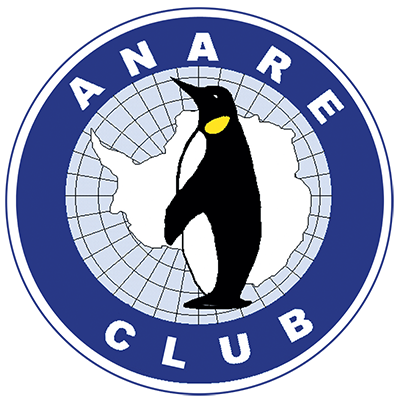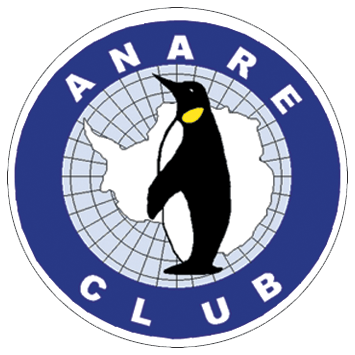Lynn Saunders
Vale Lynn Saunders Station Year Season Casey 1969 Winter The Club regrets to advise the passing of Lynn Saunders, Senior Electrical Fitter-Mechanic, Casey 1969. Lyn was one of the electricians to spend the first year at the new Casey station in 1969. An excellent companion and conscientious worker. He attended many reunions over the […]

